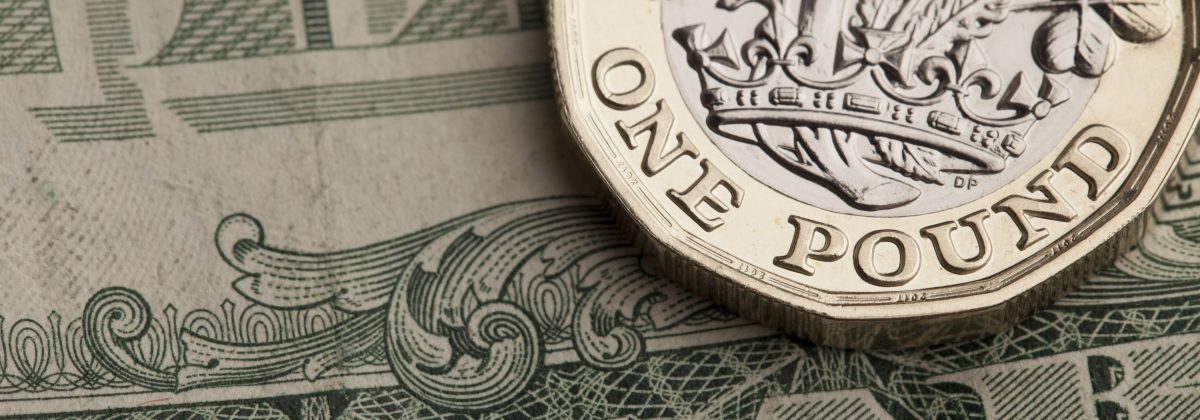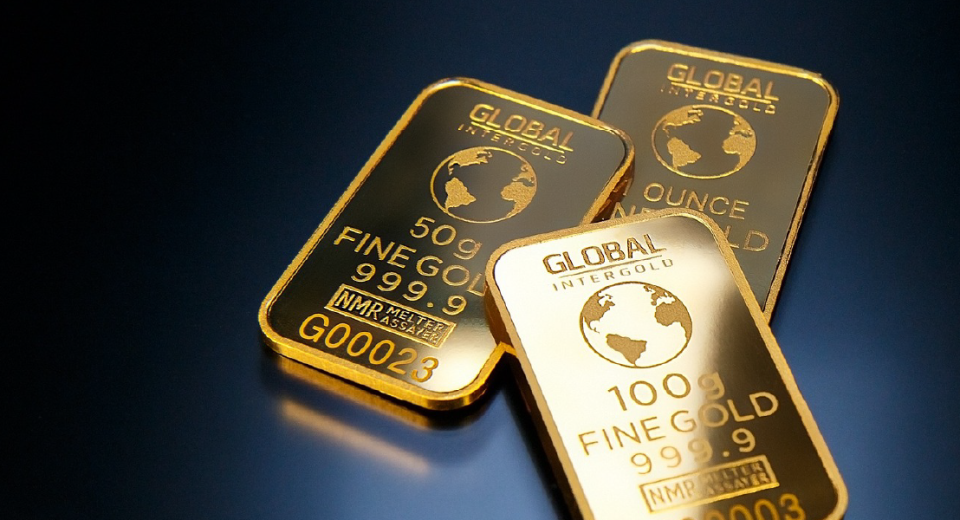The History of Cable

The word “cable” is slang, used by forex traders, to denote the GBP/USD currency pair, where the Great British Pound (GBP) is priced in terms of the US dollar (USD). “Cable” is also often used to refer to the British pound itself. The term originated in the mid-19th century, when a submarine communications cable, called the Transatlantic cable, across the Atlantic Ocean, was used to transmit exchange rates between the New York and London stock exchanges. Today, optical fibre cables have replaced the transatlantic cables and satellites have come into the picture, but the nickname “cable” for the pound-dollar pair remains.
The pound sterling is the domestic currency of the UK, one of the oldest currencies in the world that is still in circulation. It has shared a long and deep relationship with the US dollar. So long is the trading history between the two nations, that there is no way to ascertain the original Pound-Dollar rates. The Gold Standard ruled the exchange rates between the two currencies prior to the 1970s.
History of the British Pound and US Dollar till World War II
The pound sterling traces its origins to the Roman era, its name derived from the Latin word “Poundus,” which means weight. It has been a unit of currency from as early as 775 AD, in the Anglo-Saxon era. In 1694, King William III established the Bank of England to fund his war efforts with France. By 1717, England had started defining the sterling’s value in gold, rather than silver, although the official gold standard would come decades later in the 1800s, after Germany adopted it.
In 1914, the UK suspended the gold standard to counter its debt and high inflation during World War I. It was forced to devalue the pound drastically towards the end of the war, with £1 being valued at $4.70. By 1925, Winston Churchill, the then British Prime Minister, decided to go back to the gold standard. The value of £1 went back to the pre-war levels, which was $4.86. The GBP rose to its highest ever against the USD in 1934, when the US devalued the dollar and £1 was worth $5.
At the outbreak of World War II, the GBP/USD value dropped significantly. By 1940, £1 was equivalent to $4.03. The Bretton Woods Conference in 1944, after World War II, put an end to the gold standard. The GBP was now pegged to the US Dollar.
After World War II and into the 1980s
England struggled economically after World War II. The pound depreciated twice against the USD, once in 1949, when £1 was equal to US$2.80, and again in 1967, when £1 was equal to US$2.40. The latter was a devaluation of the pound by more than 14%. Finally, in 1971, the pound sterling was introduced in a floating exchange rate regime, which allowed it to compete with other international currencies, based on trading volume and purchasing power. This was a turning point for the GBP. By 1979, £1 was equal to USD$2.
The 1980s began with energy shortages and the rise of OPEC, which led to a significant increase in oil prices. High inflation and unemployment became rampant in the US, after its war efforts in Vietnam. But, the US Federal Reserve failed to take appropriate action to curb this. In 1981, US President Ronald Reagan came to power, and under his leadership, the Fed hiked interest rates by 20% to fight inflation. Expensive tax cuts and higher than usual military spending in the US, led to US economic growth again.
The US dollar grew 50% over other currencies, which hindered its international trade prospects. The Plaza Accord of 1985 was an international intervention in the currency markets to systematically devalue the US dollar. This brought down the value of the pound and £1 was less than $1.20.
1990s to 2010: A Period of Economic Uncertainty and Global Recession
In the early 1990s, the Bank of England decided to raise interest rates and buy large amounts of GBP, in order to maintain the value of the pound sterling against the German deutschmark, as part of the Exchange Rate Mechanism (ERM). This was something uncalled for, since the UK was already going through a recession at that time.
Many prominent investors, notably George Soros and his team, predicted a forthcoming crisis, and started shorting the pound in huge amounts. On September 16, 1992, in what is now known as Black Wednesday, the UK decided to leave the ERM and the pound devalued over 20% against the dollar in a single day, with £1 coming down to $1.5.
The dot-com bubble burst in the 1990s, lowering the value of the pound further by 20%. By 2001, £1 was equivalent to $1.40. The relative weakness of the US economy leading to the 2008 sub-prime crisis, saw an appreciation in the pound’s value for much of 2007. But, by 2009, it became clear that the US recession had far-reaching consequences on the world economy. The pound fell by over 30%. By March 2009, the Bank of England announced a quantitative easing programme, cutting the bank rate by 50 basis points to one of the lowest levels ever. By March 13, 2009, the GBP/USD rate was 1.3971.
Over the course of the next few years, the GBP/USD rate had its ups and downs, amidst ultra-loose monetary policies of the UK and strong US growth. The debt crisis in the Eurozone also added to the volatility in the currency pair. It is interesting to note that not once from 2008 to 2018 did the GBP/USD rate touch a value of US$2.00, which was last seen in 2007.
2016 Onwards: Brexit and Future Uncertainties
On June 23, 2016, Britain voted to leave the European Union. The GBP/USD fell to a 30-year low of $1.33. Fear and uncertainty in the markets caused the value of the pound to drop further and by July 6, 2016, the GBP/USD rate was $1.2885. England now had less than 3 years to negotiate the terms of the Brexit deal with the EU. Everything here on in would depend on how these talks went.
Rumours of the UK leaving the EU without a deal caused a “Sterling Flash Crash” in October 2016. By October 25, 2016, the GBP/USD rate was 1.2133. The pound dropped 6% against the US dollar within minutes.
From 2016 onwards, the Cable was at the mercy of several factors, prominent among them was the ongoing negotiations between the UK and EU. Internal political crisis in the UK also caused volatility in the currency pair prices. As of the beginning of 2019, the cable is the fourth most traded currency pair in the world.




